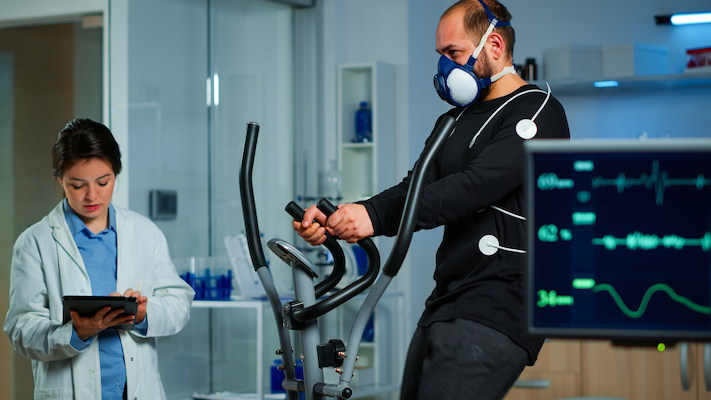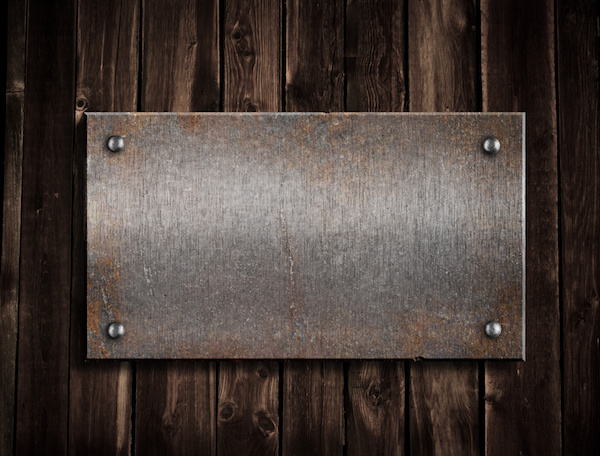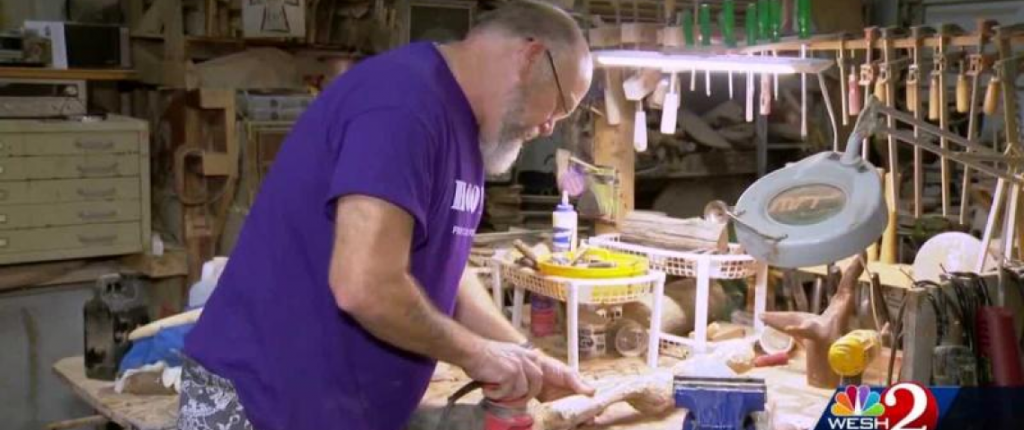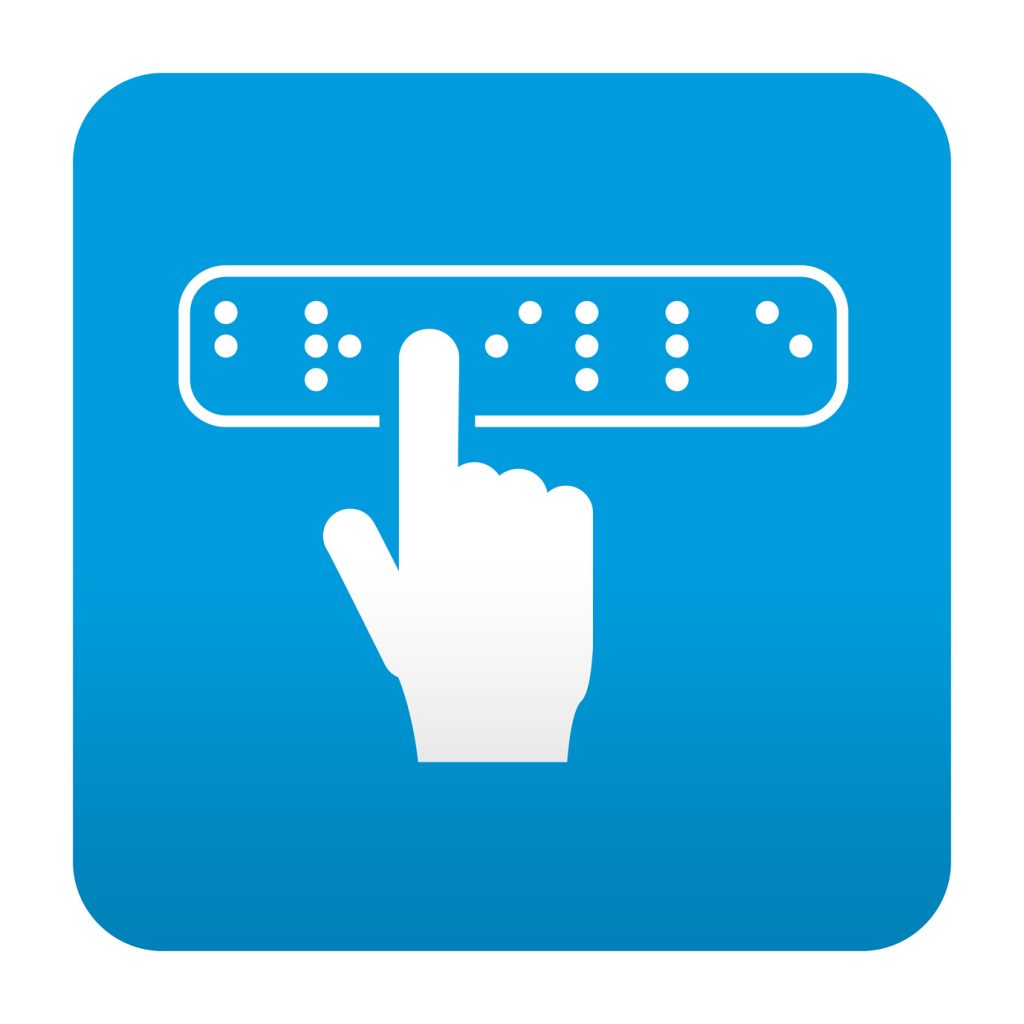When you work in the medical industry, you are holding people’s lives in your hands. Your focus it to improve your patients’ well-being and keep them living long, happy lives.
But no matter how much you have trained and developed your skills, you are only as great as the technology you use.
So, you need durable medical equipment you can rely on.
In this article, we will discuss:
- What are medical PCBs?
- What are the advantages of printed electronics?
- How are printed electronics used in the medical industry?
- What medical electronic certifications do you need?
- Where can you find durable medical PCBs?
Let’s dive in!
What Are Medical PCBs?
PCBs, or printed circuit boards, are electronic components manufactured through printing. They can be printed on rigid or flexible circuits depending on the application.
With conductive ink, manufacturers connect and solder electronic components together. Medical PCBs are used in implantable medical devices and diagnostic and medical equipment.
To learn more about the makeup of PCBs, you can read our article, Printed Circuit Board Basics.
The Advantages of Printed Electronics
As printed electronics advance, so too does medical equipment. With remote patient monitoring (RPM) becoming more innovative, healthcare professionals are able to improve the convenience and affordability of healthcare.
Other advantages of PCBs include:
- Aesthetically pleasing
- Improved user experience
- Enhanced reliability
- Ease of production
- Low environmental impact
- Optimized performance
- Flexibility
- Durable
- Cost-effective
As you can see, there are a lot of benefits to PCBs in the medical industry, but how are they used in practice?
How Are Printed Electronics Used in the Medical Industry
There are so many ways PCBs are used for durable medical equipment, and the list just keeps growing! Here are a few common ways medical professionals can use PCBs.
Flexible Printed Heaters
These are often manufactured on flexible circuits because they are often used to apply heat to problem areas and need to be able to comfortably move with the body. Applying heat often relaxes muscles and helps the body heal, so many use heat wraps for sports recovery.
The printed heaters can be used for:
- Braces
- Wraps
- Bandages
- Bedding
Some hospitals provide heated bedding to help ease patients’ pain. Additionally, they can be used to help comfort premature babies.
Biometric Sensors
As a medical professional, I am sure you have come across tricky sensor wires. These bundles of wires wrap around patients or catch on things.
But, with PCB sensors, you do not have to worry about wires! Instead, the electricity flows through the conductive ink. The best part is you can protect the sensor with PCB layers and a conformal coating so you can easily sterilize it between patients.
If you have a smartwatch, it uses biometric sensors to track your heart rate when working out.

Biometric sensors can be used for monitoring:
- Respiratory rate
- Muscle fatigue
- Heart rate (EKG)
- Muscle excursion (EMG)
- Brain Waves (EEG)
- Temperature
- Blood pressure
- Glucose levels
These sensors can be life-saving, catching medical issues before symptoms arise or before it is too late.
E-Stimulation Sensors
E-stimulation sensors are very similar to biometric sensors but they send pulses rather than receive them.
The electrodes are printed onto an adhesive or pad that sends electrical waves into the patient’s body to help heal nerves and muscles. Physical therapists use e-stimulation to help speed up recovery.
Implantable Medical Devices
Some of the most common uses of implantable medical device (IMB) PCBs are pacemakers for those who have heart issues and cochlear implants, which are used to process sound by those who are hard of hearing.

Another medical device that uses PCBs is defibrillators, which are used for those who are at risk of cardiac arrest or other heart issues.
Responsive neurostimulators (RNS) for those with epilepsy also use PCBs. It is implanted into the patient’s brain and monitors brain activity and releases a mild electric shock. This is a great alternative to medications and is often used by those who suffer from severe seizures.
These types of medical devices need to be small and reliable in order to be placed into the patient’s body and stay there for a long time.
Medical Imaging and Diagnostic Devices
Medical imagining is crucial to the diagnosis and treatment of patients. Being able to accurately and efficiently collect imagery can save a life.
PCBs are used to manufacture:
- Magnetic resonance imaging (MRI)
- Ultrasound equipment
- Computerized axial tomography (CT) scanning machines
These medical devices are a big investment for hospitals and medical facilities. So when you’re designing and manufacturing your PCB, you want to be sure it is reliable and free of any defects.
Advancements in Healthcare Thanks to Medical PCBs
When Covid-19 hit, many medical offices began offering at-home care. This was possible due to printed electronics. Through PCBs, medical professionals are able to monitor patients remotely.
Even now when Covid spread is no longer an issue, doctors are turning to the devices to help break down barriers in the health industry and make healthcare more accessible to all.
As PCBs advance, they are able to become smaller and more complex which allows for medical equipment to become smaller. This is particularly helpful for implants and mobile monitoring devices.
Medical Electronics Certifications You Need
When manufacturing, designing, or installing medical devices, you need to ensure you are following medical regulations.
Some certifications to look for when working with a manufacturing partner for your medical equipment are:
- ISO 13485: Medical Devices – Quality Management Systems
- ISO 9001: Quality Management Systems
- ISO 14971: Risk Management Application to Medical Devices
- IEC 60601: Medical Electrical Equipment
- UL: Global Safety Science Company
- CSA: Medical PPE
- 3M Preferred Converter: Medical Adhesive Partner
- RoHS: Restriction of Hazardous Substance Directive
The International Electrotechnical Commission (IEC) and the International Standards Organization (ISO) as well as the US Food and Drug Administration (FDA) and the Federal Communications Commission (FCC) work hard to regulate medical equipment and ensure patient safety.
Work With a Certified Medical PCB Manufacturer
Medical PCBs are often small and complex, so you need an experienced manufacturing partner.
At Hallmark Nameplate, we have decades of experience making durable PCBs for medical equipment. Over the years, we have perfected our process, from creating prototypes to conducting tests, to guarantee we always exceed our customers’ expectations.
Get your durable long-lasting medical PCBs with Hallmark Nameplate and ensure you can provide the best care to your patients.




